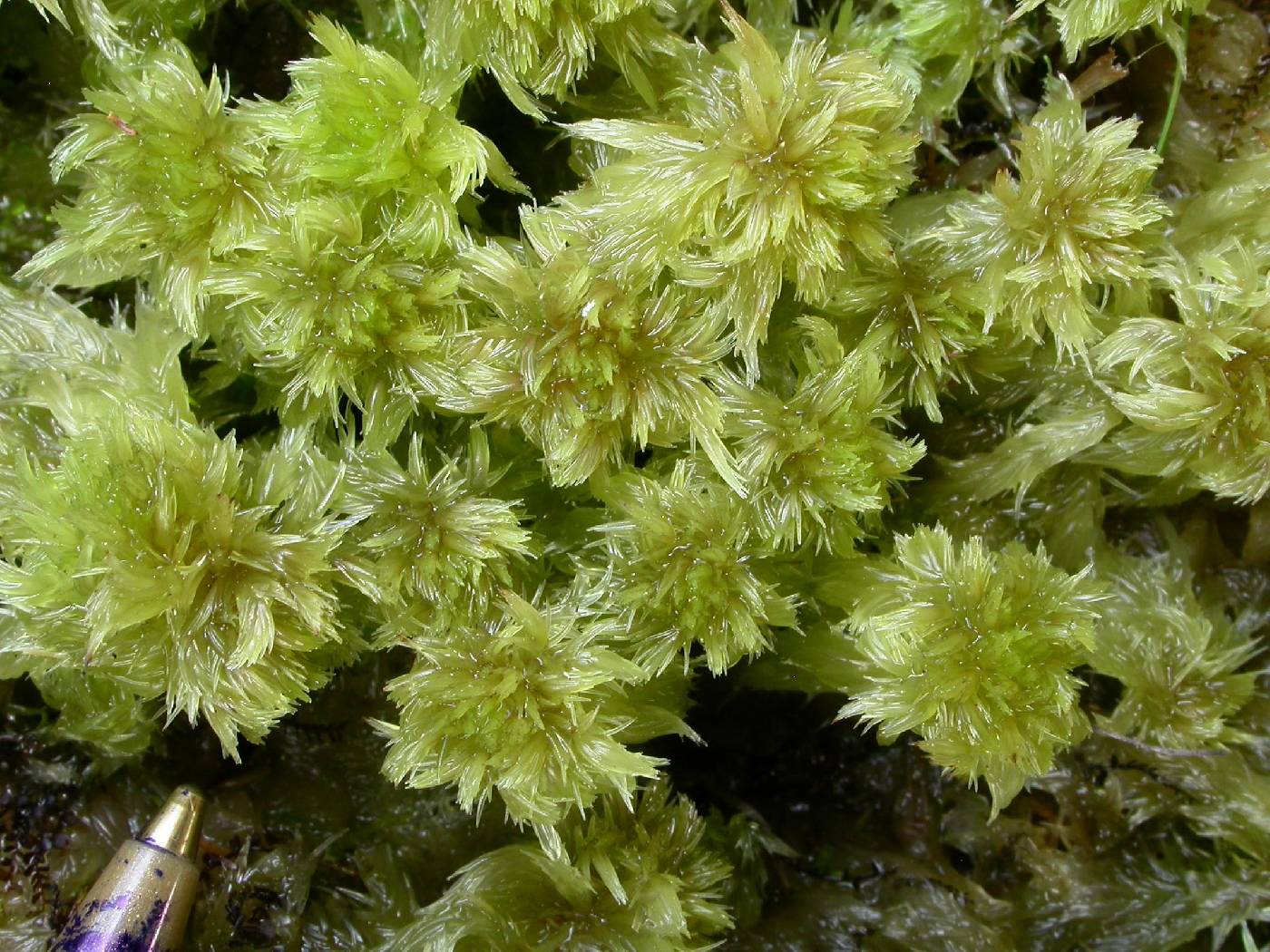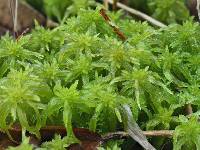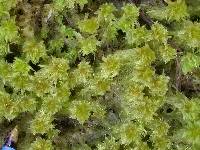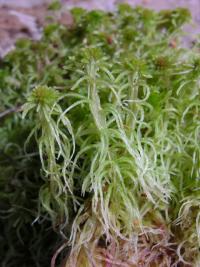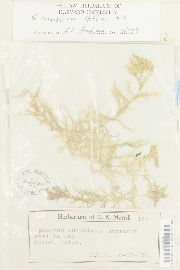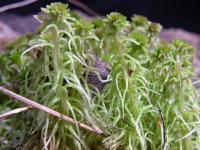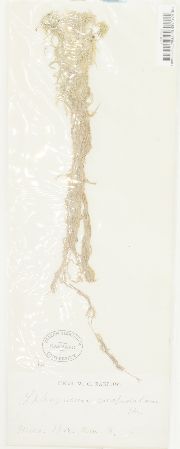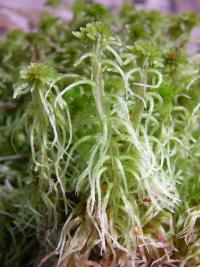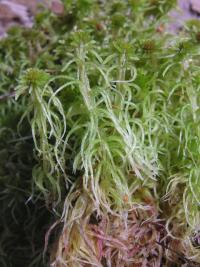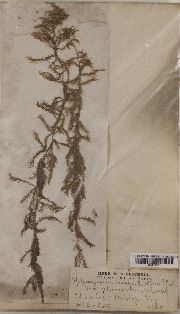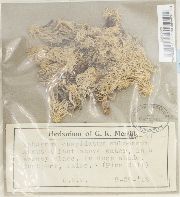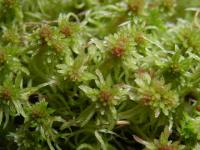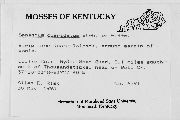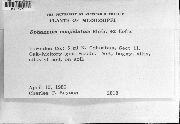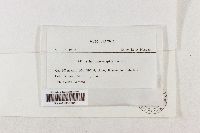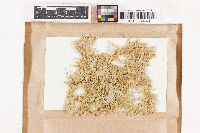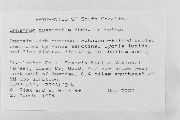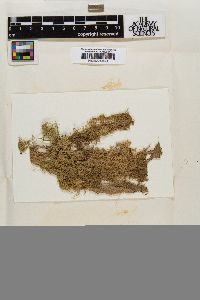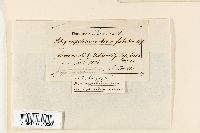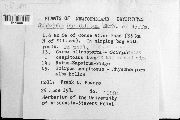
Consortium of Bryophyte Herbaria
- building a Consortium of Bryophytes and Lichens as keystones of cryptobiotic communities -
|
Sphagnum cuspidatum Ehrh. ex Hoffm.
 (redirected from: Sphagnum cuspidatum subsp. subrecurvum (Warnst.) A. Eddy) (redirected from: Sphagnum cuspidatum subsp. subrecurvum (Warnst.) A. Eddy) |
|
|
Family: Sphagnaceae
toothed sphagnum
[Sphagnum acutifolium var. cuspidatum (Ehrh. ex Hoffm.) Brid., moreSphagnum aloysii-sabaudiae G. Negri, Sphagnum bernieri Besch. ex Renauld & Cardot, Sphagnum bohemicum Jež., Sphagnum capillaceum var. cuspidatum (Ehrh. ex Hoffm.) Wahlenb., Sphagnum capillifolium var. cuspidatum (Ehrh. ex Hoffm.) Brid., Sphagnum cuspidatiforme Breutel, Sphagnum cuspidatum subsp. cuspidatum , Sphagnum cuspidatum subsp. laxifolium (Müll. Hal.) Lindb., Sphagnum cuspidatum subsp. schliephackei (G. Roth) Bott., Sphagnum cuspidatum subsp. subrecurvum (Warnst.) A. Eddy, Sphagnum cuspidatum var. cuspidatum , Sphagnum cuspidatum var. falcatum Russow, Sphagnum cuspidatum var. flaccidifolium (Dixon ex A. Johnson) A. Eddy, Sphagnum cuspidatum var. hypnoides A. Braun ex Bruch, Sphagnum cuspidatum var. laxifolium (Müll. Hal.) H. Klinggr., Sphagnum cuspidatum var. monocladon (H. Klinggr. ex Warnst.) Warnst., Sphagnum cuspidatum var. plumosum Nees & Hornsch., Sphagnum cuspidatum var. schliephackeanum Röll, Sphagnum cuspidatum var. subrecurvum (Warnst.) A. Eddy, Sphagnum falcatum (Russow) Limpr., Sphagnum fallax var. schultzii (Warnst.) Warnst., Sphagnum faxonii Warnst., Sphagnum flaccidifolium Dixon ex A. Johnson, Sphagnum gabonense Besch., Sphagnum gravetii f. monocladon (H. Klinggr. ex Warnst.) L.I. Savicz, Sphagnum hypnoides (A. Braun ex Bruch) Brid., Sphagnum ikongense Warnst., Sphagnum javanicum Warnst., Sphagnum laxifolium Müll. Hal., Sphagnum laxifolium var. falcatum (Russow) Röll, Sphagnum laxifolium var. hypnoides (A. Braun ex Bruch) Müll. Hal., Sphagnum laxifolium var. monocladon (H. Klinggr. ex Warnst.) H. Klinggr., Sphagnum lehmannii Warnst., Sphagnum lonchophyllum Müll. Hal., Sphagnum monocladon (H. Klinggr. ex Warnst.) Warnst., Sphagnum palustre var. cuspidatum (Ehrh. ex Hoffm.) Lilj., Sphagnum pusillum Warnst., Sphagnum recurviforme Warnst., Sphagnum recurvum subsp. cuspidatum (Ehrh. ex Hoffm.) Hartm., Sphagnum recurvum var. plumosum (Nees & Hornsch.) Cardot, Sphagnum schliephackei var. schultzii (Warnst.) G. Roth, Sphagnum schultzii Warnst., Sphagnum seemannii Müll. Hal., Sphagnum seemannii var. weberi (Warnst.) Warnst., Sphagnum subrecurvum Warnst., Sphagnum subrecurvum var. javanicum (Warnst.) Warnst., Sphagnum subundulatum Müll. Hal. & Warnst., Sphagnum variabile Warnst., Sphagnum variabile f. monocladon H. Klinggr. ex Warnst., Sphagnum variabile subsp. cuspidatum (Ehrh. ex Hoffm.) Warnst., Sphagnum variabile var. cuspidatum (Ehrh. ex Hoffm.) Warnst., Sphagnum variabile var. falcatum (Russow) Warnst., Sphagnum virginianum Warnst., Sphagnum weberi Warnst.] |
Plants: slender and weak-stemmed, moderate-sized, flaccid and plumose in aquatic forms to more compact in emergent forms, spreading branches often conspicuously falcate, giving capitulum a twisted appearance; green to yellow, often tinged with red, red-brown or brown in capitula. Stems: green; superficial cortex of 2–3 layers, 2 layers of enlarged thin-walled cells. Stem: leaves triangular-ovate, more than 1.2 mm, usually appressed; apex acute to apiculate, hyaline cells rarely septate or porose, apical region often fibrillose. Branches: mostly unranked to weakly 5-ranked, often conspicuously falcate, leaves greatly elongated at distal end. Branch: fascicles with 2 spreading and 2–3 pendent branches. Branch: stems green, but often pinkish at the proximal ends, with cortex enlarged with conspicuous retort cells. Branch: leaves ovate-lanceolate to lanceolate, 1.6–5 mm, falcate toward branch tips, when dry often undulate and recurved, rarely weakly serrulate along the margins in submerged forms, leaves from middle of spreading branches with length to width ratio less than or equal to 1:0.28; hyaline cells length to width ratio in apical convex surface region 8:1 or more, convex surface with 0–1 small round pores at apex, concave surface with faint round wall thinnings in cell apices and angles; chlorophyllous cells triangular to trapezoidal in transverse section, broadly exposed on the convex surface and exposed slightly on the concave surface. Sexual: condition dioicous. Spores: 29–38 µm; covered with large papillae on both surfaces, appearing pusticulate; proximal laesura less than 0.5 spore radius. Widespread forming wet carpets in ombrotrophic to weakly minerotrophic mires. low to moderate elevations. N.B., Nfld. and Labr. (Nfld.), N.S., Ont., Que., Ala., Conn., Del., Fla., Ga., Ill., Ind., Kans., Maine, Md., Mass., Mich., Minn., Miss., N.H., N.J., N.Y., N.C., Ohio, Pa., R.I., S.C., Tenn., Vt., Va., W.Va., Wis., Europe. Distinguishing Sphagnum cuspidatum from S. viride is sometimes difficult, as both occur over a similar geographic range and both grow in wet carpets. Sphagnum cuspidatum has narrower branch leaves and usually a distinct red tinge at the branch bases within the capitulum. |
|
|
|
Powered by Symbiota.
